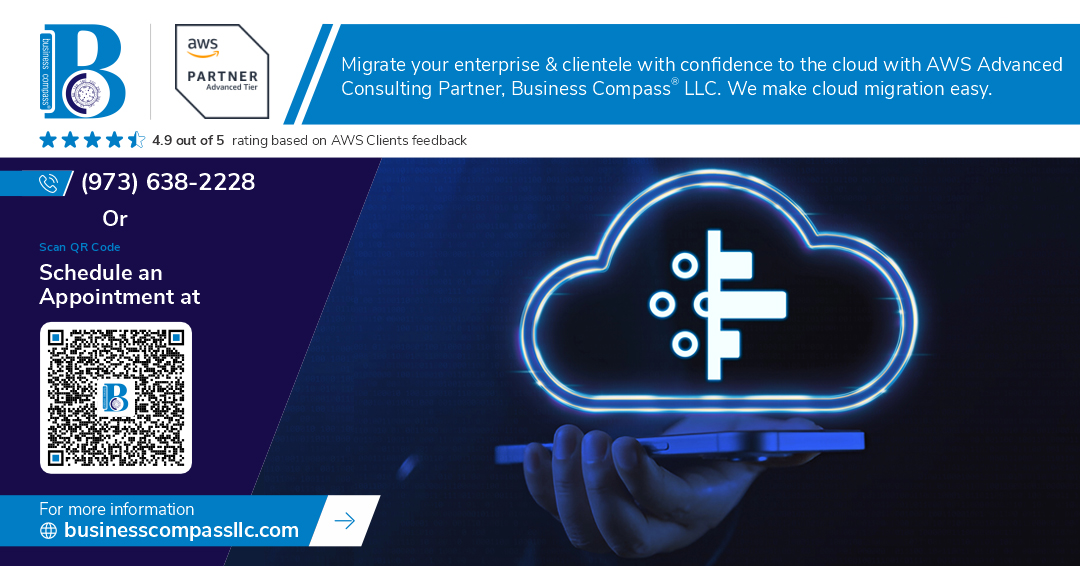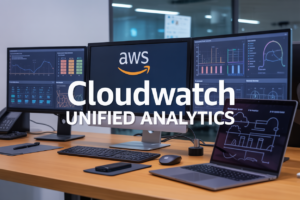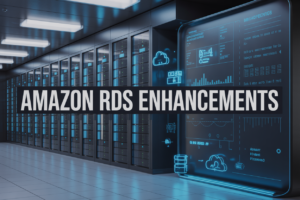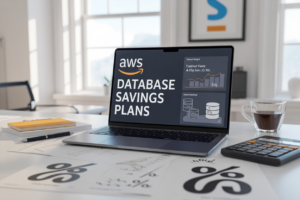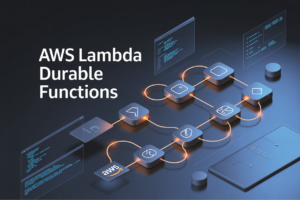Ever stared at a mountain of business data wondering how on earth you’ll extract anything useful without a PhD in computer science? You’re not alone. Thousands of AWS users struggle daily with turning their cloud data into actionable insights.
Amazon QuickSight might just be the solution you haven’t tried yet. This powerful business intelligence service on AWS lets you create and publish interactive dashboards accessible from any device, no server provisioning required.
What makes QuickSight different is how it balances sophisticated analytics with surprising ease of use. You can connect to AWS data sources with a few clicks, while SPICE—QuickSight’s Super-fast, Parallel, In-memory Calculation Engine—handles the heavy lifting.
But here’s what most QuickSight tutorials won’t tell you about its true potential…
Understanding Amazon QuickSight Fundamentals
What is QuickSight and why it matters for AWS users
Amazon QuickSight is AWS’s cloud-native business intelligence service that makes it ridiculously easy to build visualizations and analyze your data. For AWS users already juggling multiple services, QuickSight fits right into your existing stack without the headache of complex integrations or moving data around. It’s like having a data analyst on demand.
Setting Up Your QuickSight Environment
Creating your QuickSight account and configuring user access
Getting started with QuickSight is surprisingly simple. Just head to the AWS Management Console, click on QuickSight, and follow the signup flow. You’ll choose between Standard and Enterprise editions, with Enterprise offering more robust security features. Once set up, you can add users individually or sync with your existing directory service.
Connecting and Managing Data Sources
Integrating AWS data services (S3, Redshift, Athena, RDS)
QuickSight shines when connecting to AWS services. Just point it at your S3 buckets for raw data, query massive datasets with Athena, pull from your Redshift data warehouse, or connect directly to RDS databases. The tight integration means you’re just a few clicks away from visualizing any AWS-hosted data.
Connecting to external databases and third-party services
QuickSight doesn’t play favorites with just AWS data sources. Connect to MySQL, PostgreSQL, SQL Server, or Oracle databases wherever they live. Third-party services like Salesforce, Twitter, and Jira? No problem. The SPICE engine caches your data for lightning-fast analysis without constant reconnections.
Best practices for data preparation and transformation
Don’t dump raw data into QuickSight. Clean it first! Use calculated fields to transform messy data, create custom hierarchies for drilling down, and set up proper data types before importing. Pre-aggregate where possible and remove unnecessary columns to boost performance and keep your analyses focused.
Implementing data refresh schedules for real-time insights
Nobody wants stale data. QuickSight lets you schedule automatic refreshes—hourly, daily, weekly, or monthly. For truly real-time needs, skip SPICE and use direct query mode against your source systems. Just remember: direct queries trade some speed for freshness, so choose wisely based on your business needs.
Building Powerful Visualizations
A. Mastering chart types and when to use each one
Charts aren’t just pretty pictures—they’re storytellers. Bar charts rock for comparisons, line charts shine for trends over time, and pie charts? Use sparingly for part-to-whole relationships. Heat maps reveal patterns in complex data while scatter plots expose relationships between variables. Pick the right chart and your data sings.
Advanced QuickSight Capabilities
A. Leveraging ML Insights for automated anomaly detection
QuickSight’s ML capabilities spot data oddities that would take hours to find manually. Just click “Add Insight,” choose “Anomaly Detection,” and QuickSight identifies revenue spikes or customer behavior shifts automatically. It’s like having a data scientist working 24/7 on your dashboard.
Performance Optimization Techniques
Performance Optimization Techniques
A. SPICE optimization strategies for faster query performance
SPICE isn’t just a fancy acronym – it’s your secret weapon for lightning-fast QuickSight performance. Want queries that fly instead of crawl? Focus on these game-changers: compress your data ruthlessly, drop those rarely-used columns, and pre-aggregate when possible. Your future self will thank you when those complex dashboards load in seconds flat.
Real-World QuickSight Implementation Strategies
Building an executive dashboard in under an hour
Forget complicated setups. With QuickSight, I slapped together an executive dashboard showing sales trends, regional performance, and profit margins in just 45 minutes. Drag a few visualizations, connect your data, and boom—instant insights that would’ve taken days with traditional tools. Your boss will think you’re a wizard.
Creating sales and marketing analytics solutions
Marketing teams drool over QuickSight’s campaign performance tracking. Connect your ad platform data, visualize conversion funnels, and spot which channels actually make money. I’ve seen teams redirect $50K in ad spend after one dashboard revealed their Facebook ads were total duds compared to their email campaigns.
Developing operational dashboards for real-time monitoring
Operations folks need real-time intel, not day-old data. QuickSight’s SPICE engine refreshes dashboards every minute if you want. We set up alerts that ping warehouse managers when inventory dips below thresholds. One client caught a supply chain hiccup that would’ve cost them $200K in backorders.
Setting up financial reporting systems with QuickSight
CFOs love QuickSight’s financial dashboards. Connect your accounting software, visualize cash flow trends, and drill into expense categories with a click. One finance team ditched their 3-day monthly reporting marathon for an automated dashboard that refreshes daily. Their CEO finally understands where the money goes.
Implementing customer behavior analytics
Customer insights are gold. QuickSight connects to your CRM data to reveal buying patterns, churn risks, and upsell opportunities. One retail client discovered their “one-and-done” customers shared specific browsing behaviors. They tweaked their recommendation engine and boosted repeat purchases by 28%.
Amazon QuickSight empowers organizations to transform raw data into actionable business intelligence with remarkable speed and simplicity. Through proper setup, effective data source management, and thoughtful visualization design, you can unlock insights that drive informed decision-making across your enterprise. The advanced capabilities, combined with performance optimization techniques, make QuickSight a powerful yet accessible tool for organizations of all sizes operating on AWS.
As you implement QuickSight in your own environment, remember that successful BI is as much about understanding your business questions as it is about technical implementation. Start with clear objectives, build incrementally, and continuously refine your dashboards based on user feedback. Whether you’re just beginning your QuickSight journey or looking to enhance existing implementations, the strategies outlined in this guide will help you harness the full potential of this robust business intelligence platform.










